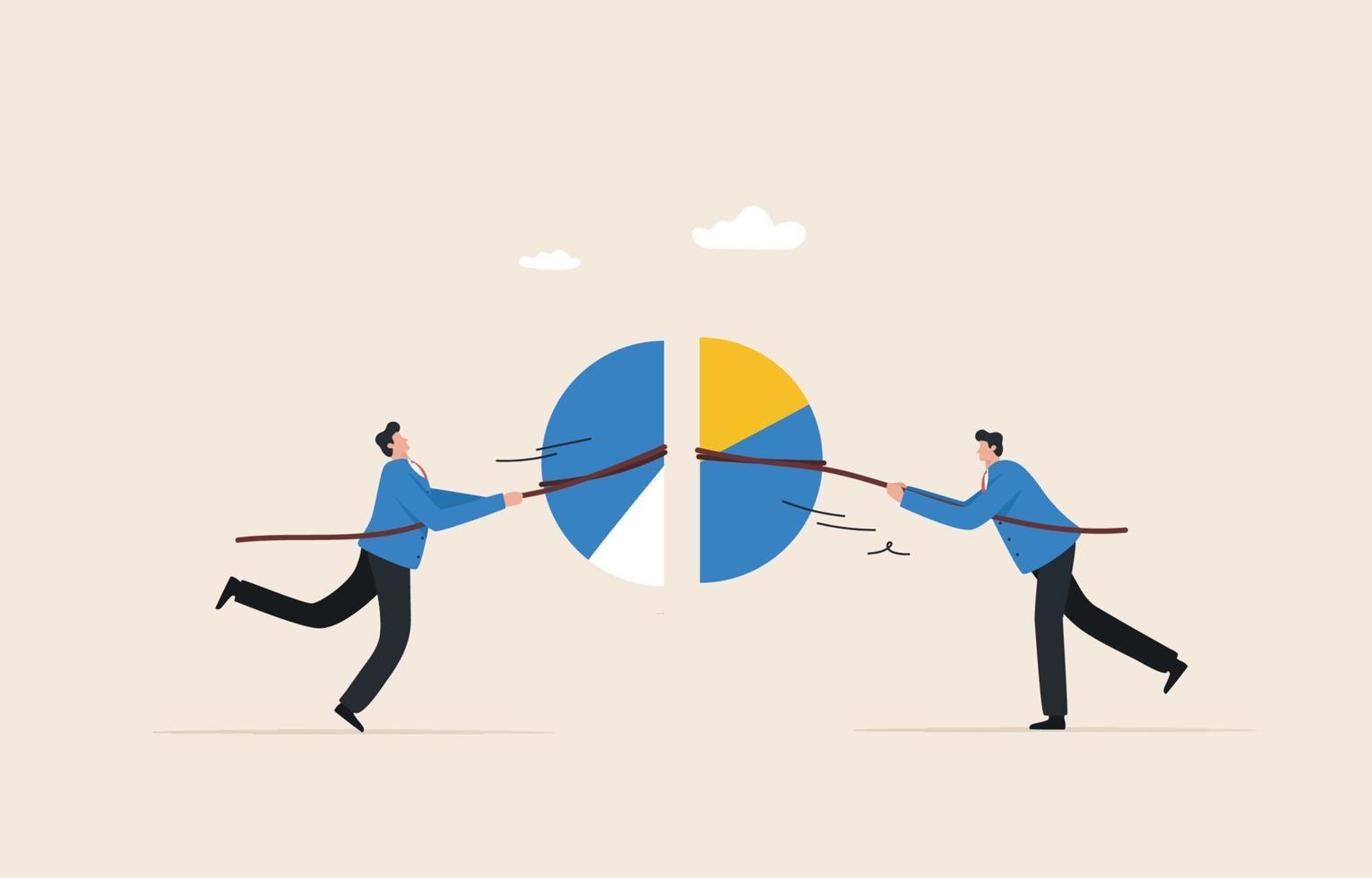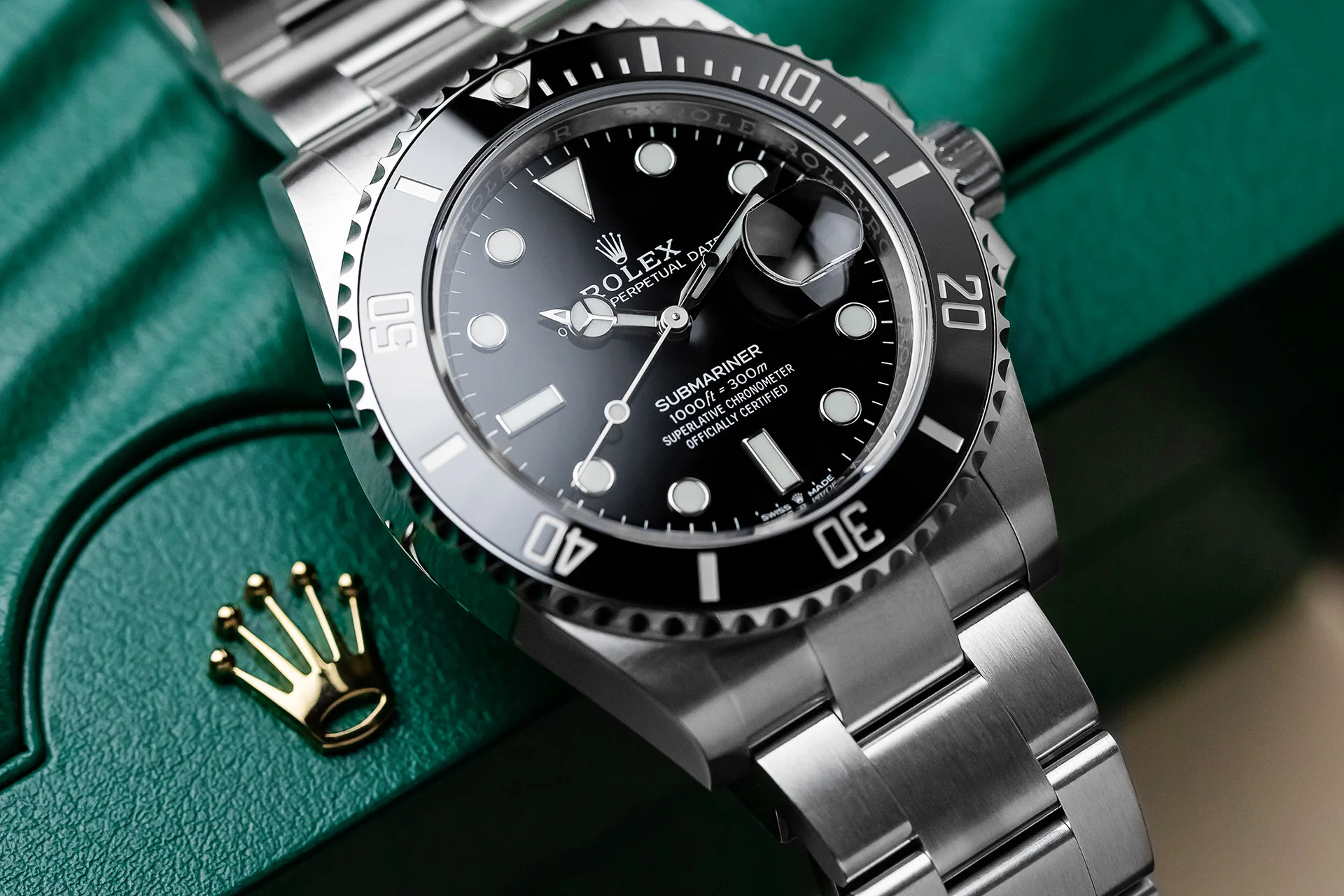Introduction to the history of Louis Vuitton
Louis Vuitton, a name synonymous with luxury and craftsmanship, has captivated fashion enthusiasts since its inception in 1854. Originally known for creating exquisite trunks designed to transport belongings across great distances, the brand’s journey is nothing short of legendary. As it transitioned from classic designs to modern-day statements, Louis Vuitton has now embarked on an exciting new chapter—one that fuses tradition with cutting-edge technology.
In a world where digital experiences reign supreme, Louis Vuitton stands at the forefront of this evolution. From NFTs that redefine ownership in the virtual space to innovative digital fashion drops that capture the essence of exclusivity online, the brand is shaping what it means to be luxurious in today’s fast-paced environment. Let’s explore how this iconic label navigates through challenges while crafting a future steeped in sophistication and innovation.
The brand’s transition into the digital age
Louis Vuitton’s journey into the digital age has been nothing short of remarkable. The iconic brand, steeped in tradition, recognized early on the importance of embracing technology.
With a focus on NFTs and digital fashion drops, Louis Vuitton merged its luxury status with modern innovation. This shift not only attracted tech-savvy consumers but also positioned the brand as a forward-thinking leader in luxury fashion.
The launch of online platforms allowed customers to experience collections from their homes. Virtual reality showrooms and augmented reality features provided fresh avenues for engagement.
Collaborations with influencers amplified this transition further. They brought authenticity to the brand’s digital narrative while reaching diverse audiences worldwide.
This blend of heritage and innovation demonstrates that even established brands can reinvent themselves for contemporary markets. As they navigate this new frontier, Louis Vuitton continuously sets trends that challenge conventional retail boundaries.
Collaborations with tech companies and influencers
Louis Vuitton has embraced the digital landscape through savvy collaborations with tech companies and influencers. These partnerships amplify the brand’s reach while introducing innovative concepts.
For instance, teaming up with gaming platforms has allowed Louis Vuitton to craft exclusive virtual items. These digital fashion drops resonate with younger audiences, merging luxury with interactive experiences.
Influencer collaborations have also become a cornerstone of their strategy. By aligning with trendsetters across social media, the brand taps into diverse communities that value authenticity and creativity.
These partnerships enable Louis Vuitton to stay relevant in an ever-evolving marketplace, showcasing its commitment to innovation. The fusion of luxury and technology opens new avenues for engagement that were once unimaginable in traditional retail settings.
Innovations in retail and customer experience
Louis Vuitton is redefining the retail landscape with cutting-edge innovations. The brand has embraced digital tools to enhance customer interactions and streamline shopping experiences.
Imagine walking into a store where AI-designed accessories are seamlessly integrated into the buying process. With virtual try-ons, customers can visualize how products look without physically trying them on. This tech-savvy approach caters to modern shoppers who crave convenience.
Moreover, interactive displays allow visitors to explore product stories in-depth. Customers can learn about craftsmanship and heritage through immersive storytelling techniques.
The integration of NFTs adds another layer of excitement for collectors and enthusiasts alike. Owning a unique piece linked to a digital certificate elevates the luxury experience beyond traditional boundaries.
These advancements create an environment that values personalization while remaining true to Louis Vuitton’s storied legacy. In this evolving space, innovation meets tradition, ensuring every visit feels fresh and engaging.
Sustainability efforts in the luxury fashion industry
Sustainability in the luxury fashion industry is no longer a trend; it’s a necessity. Brands like Louis Vuitton are leading by example, shifting their focus toward environmentally conscious practices.
They’re investing in eco-friendly materials and reducing waste throughout their production processes. This means using innovative fabrics that minimize environmental impact.
Transparency is also key. Customers want to know where their products come from and how they’re made. Many luxury brands are now sharing this information openly, building trust with consumers.
Additionally, initiatives like circular fashion are gaining traction. The idea is simple: prolong the life cycle of luxury items through resale and recycling programs.
As consumer awareness grows, so does pressure on high-end labels to prioritize sustainability. It’s not just about looking good anymore; it’s about feeling good too—knowing your purchase contributes positively to the planet.
Challenges faced by Louis Vuitton in the digital era
As Louis Vuitton embraces the digital era, it encounters significant hurdles. The luxury market is notoriously resistant to change, and some traditionalists question the brand’s shift towards technology.
Balancing exclusivity with accessibility poses another challenge. Limited digital fashion drops can alienate potential customers who seek inclusivity in high-end brands. High demand for NFTs complicates this further, as consumers grapple with understanding their value.
The rapid pace of technological advancements also creates pressure to innovate consistently. Staying ahead requires constant investment in AI-designed accessories and other cutting-edge solutions that may stretch resources thin.
Moreover, cybersecurity threats loom large over online transactions. Protecting both customer data and brand integrity has become paramount as more shoppers turn to e-commerce platforms for luxury purchases.
Navigating these complexities while maintaining its storied heritage presents a unique balancing act for Louis Vuitton in today’s fast-evolving landscape.
Predictions for the future of digital luxury with Louis Vuitton leading the way
As we look ahead, the future of digital luxury appears vibrant and full of potential. Louis Vuitton stands at the forefront, embracing innovation while staying true to its storied heritage. The rise of NFTs is reshaping how consumers perceive ownership in fashion, allowing for unique digital pieces that can be traded or showcased in virtual environments.
Digital fashion drops are set to become a staple in how brands release new collections—creating urgency and excitement among customers who crave exclusivity. With AI-designed accessories on the horizon, we’re likely to see creations that blend technology with artistry, offering unprecedented personalization options.
Louis Vuitton’s commitment to sustainability will also play an essential role as consumers increasingly seek eco-friendly options in luxury goods. By marrying cutting-edge tech with responsible practices, they can inspire other brands within the industry.
The challenges facing traditional retail models are significant but not insurmountable for a brand like Louis Vuitton. Their innovative spirit positions them well to adapt and evolve alongside consumer expectations.
In this fast-paced world where digital meets luxury, it’s clear that Louis Vuitton will continue leading the charge into uncharted territories—shaping what it means to experience elegance today and tomorrow.




